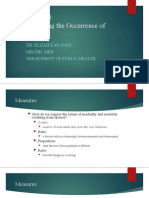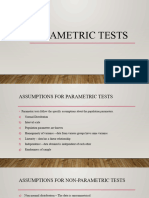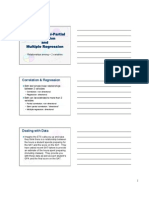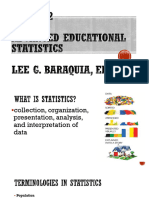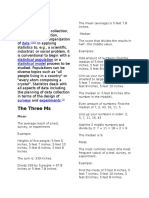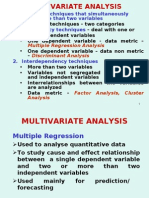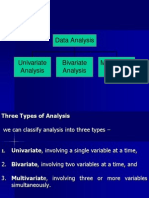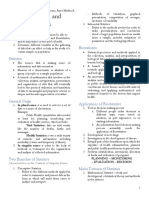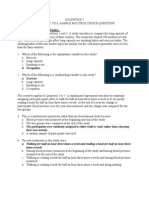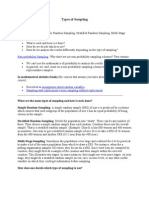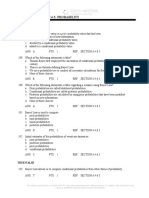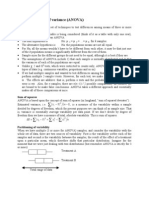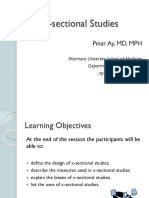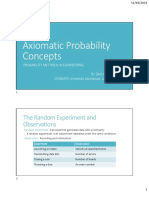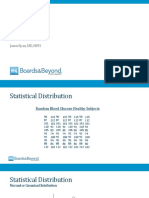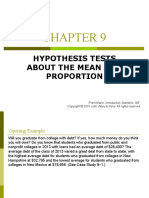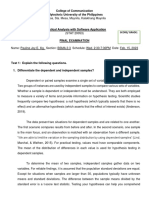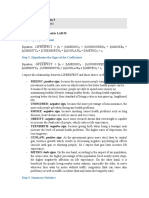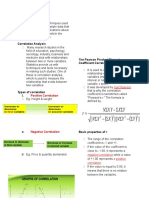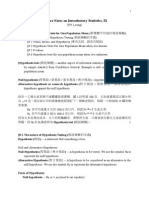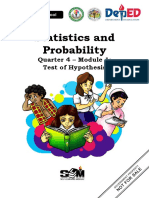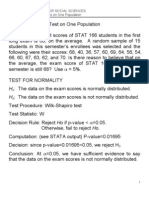0% found this document useful (0 votes)
53 views52 pagesIs Bigger Better?: An Introduction To Sample Size Calculations
We wish to compare the mean weight loss after 6 months for two diets.
We expect the high protein diet to result in 5kg greater weight loss than the standard diet.
From previous studies, the SD of weight loss is 3kg.
We wish to detect this difference with 80% power at the 5% significance level.
Required sample size per group?
Flinders Centre for Epidemiology &
Flinders Centre for Epidemiology &
Flinders Centre for Epidemiology &
Flinders Centre for Epidemiology &
Flinders Centre for Epidemiology &
Flinders Centre for Epidemiology &
Flinders Centre for Epidemiology &
Uploaded by
Fakhrul FirdausCopyright
© © All Rights Reserved
We take content rights seriously. If you suspect this is your content, claim it here.
Available Formats
Download as PPT, PDF, TXT or read online on Scribd
0% found this document useful (0 votes)
53 views52 pagesIs Bigger Better?: An Introduction To Sample Size Calculations
We wish to compare the mean weight loss after 6 months for two diets.
We expect the high protein diet to result in 5kg greater weight loss than the standard diet.
From previous studies, the SD of weight loss is 3kg.
We wish to detect this difference with 80% power at the 5% significance level.
Required sample size per group?
Flinders Centre for Epidemiology &
Flinders Centre for Epidemiology &
Flinders Centre for Epidemiology &
Flinders Centre for Epidemiology &
Flinders Centre for Epidemiology &
Flinders Centre for Epidemiology &
Flinders Centre for Epidemiology &
Uploaded by
Fakhrul FirdausCopyright
© © All Rights Reserved
We take content rights seriously. If you suspect this is your content, claim it here.
Available Formats
Download as PPT, PDF, TXT or read online on Scribd
/ 52

